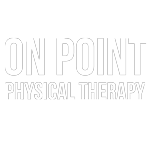TOOLS X
TECHNIQUES
I use evidence based reliable and valid tools and techniques to enhance diagnosis, treatment, and recovery. These methods help assess conditions accurately, provide effective treatment, reduce pain, improve mobility, and accelerate healing processes, ultimately aiding my clients in regaining function, quality of life and ultimately return to sport safely.


